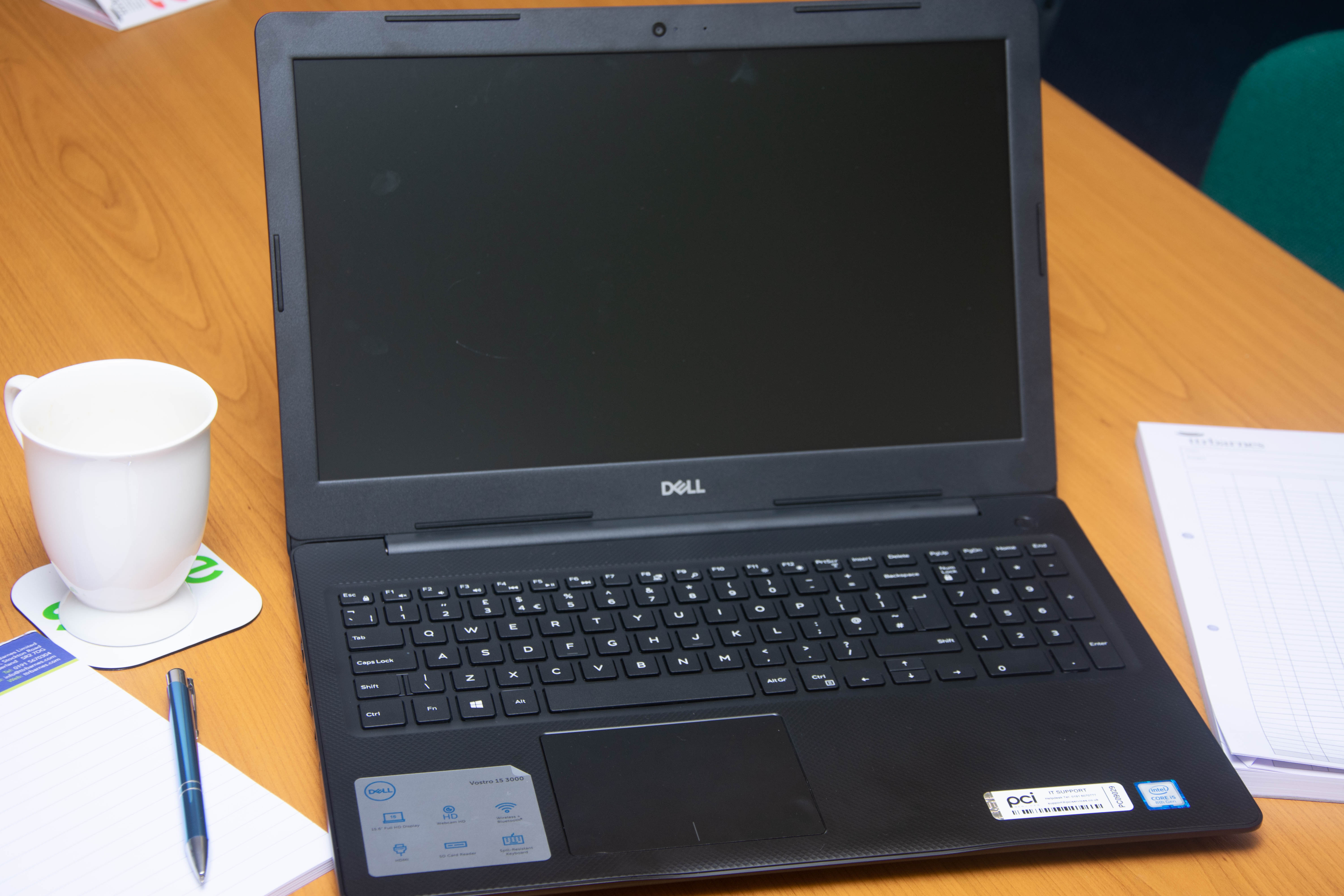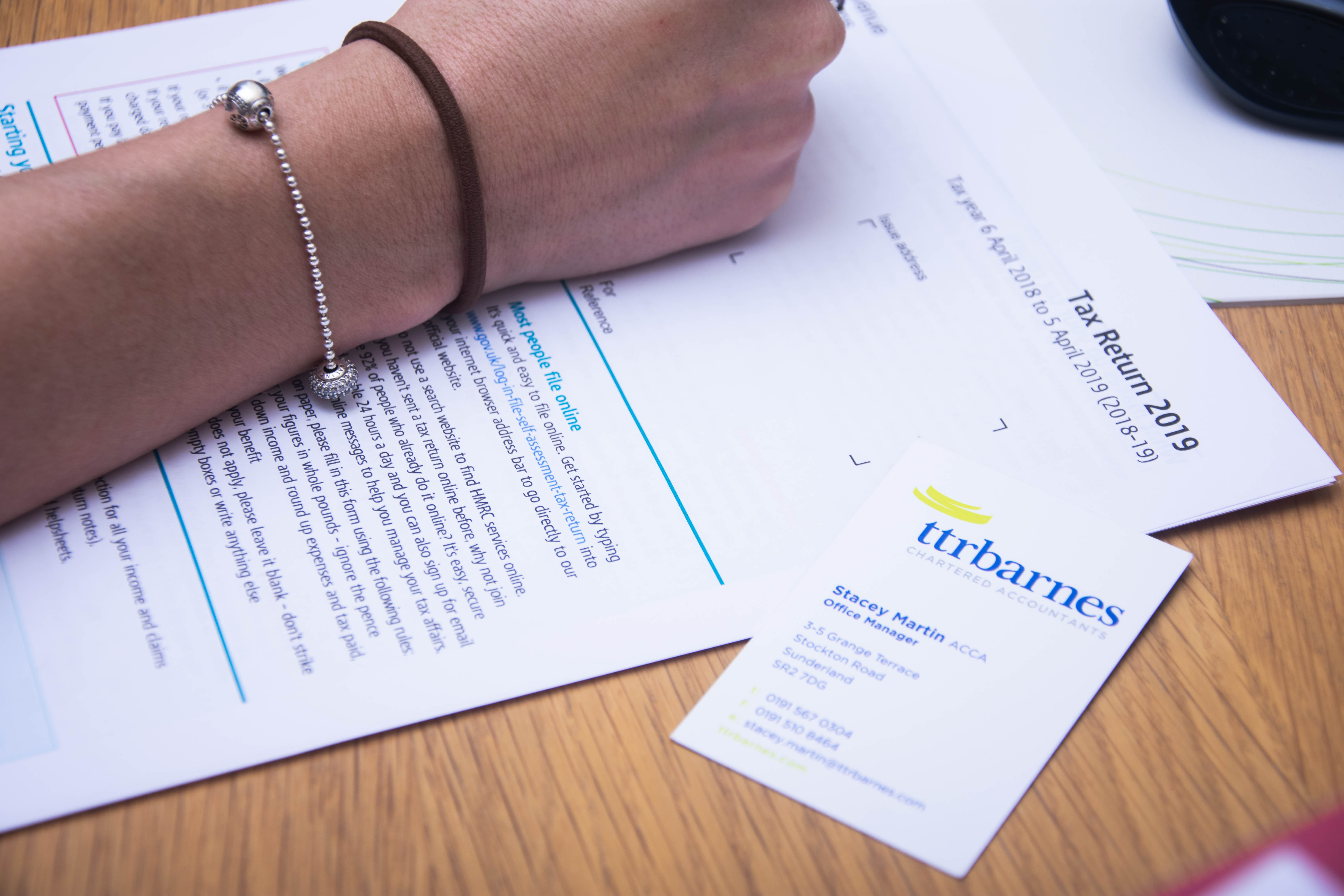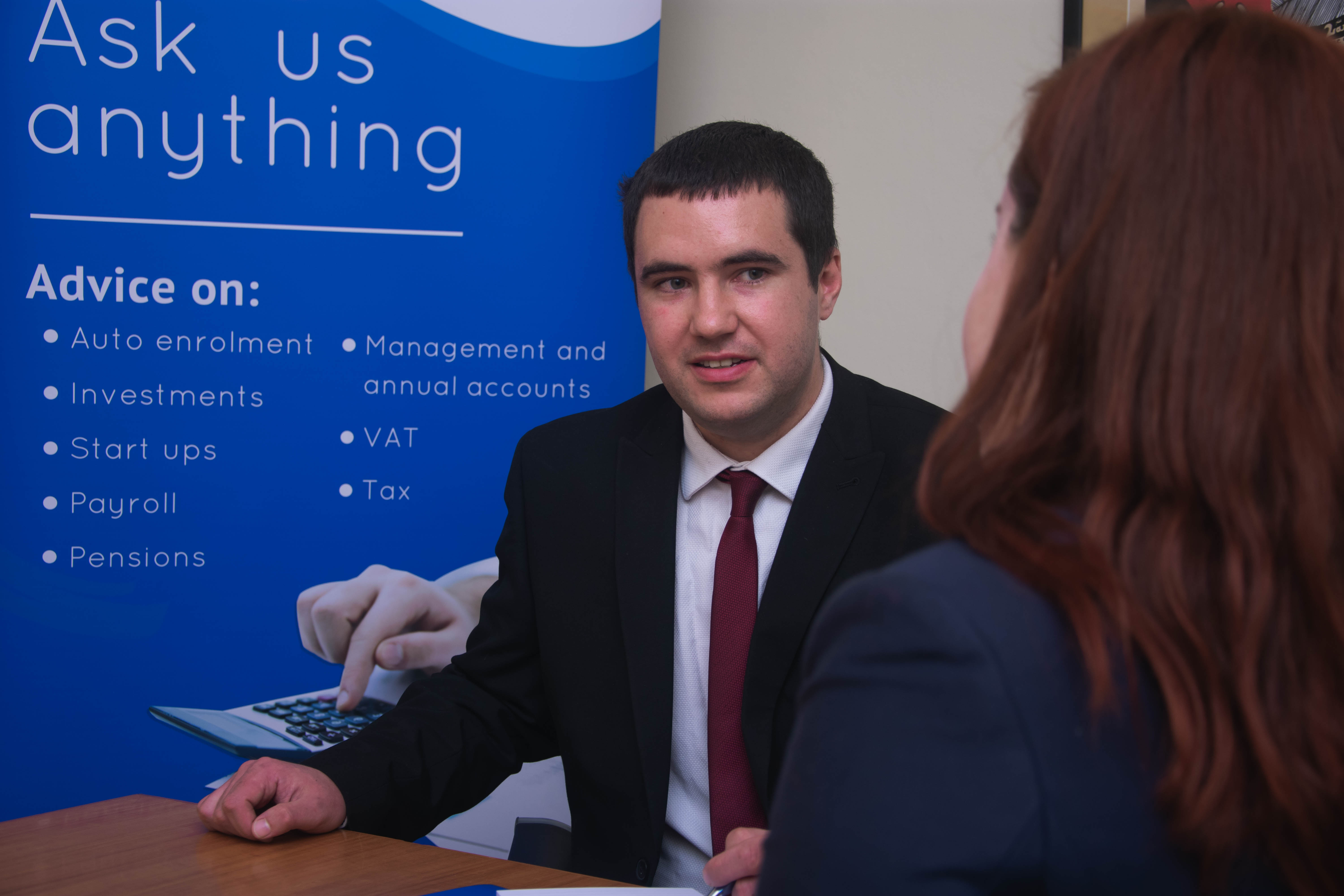Guide to: HMRC Self Assessment online
23rd July 2019
Last updated: September 2022
Guide to: HMRC Self Assessment online
Self Assessment tax returns can seem daunting and it can be confusing to know the steps you need to take to complete them correctly. This guide gives an overview of Self Assessment and explains how to submit your HMRC Self Assessment online.
What is Self Assessment?
The Self Assessment tax return is a form many business owners are required to submit to HMRC every year to declare their income and where it has come from. It also includes information about any tax relief you may be eligible for, such as charitable deductions and business purchases. HMRC will then use this information to calculate how much tax is owed.
Who does it apply to?
You must submit your Self Assessment if you have been a self-employed sole trader earning more than £1,000 or a partner in a business partnership during the last tax year (6 April – 5 April).
You may also need to submit one if you have received any additional untaxed income from other sources, for example rent, tips or investments.
The easiest way to check if you need to send a Self Assessment is using HMRC’s checker tool.
When do I need to file?
If you are filing your Self Assessment online, you will have until January 31 after the end of the tax year. This means you have until midnight on January 31 2023 to file for 2021-22’s tax year which ended on April 5 2022.
You can also file by paper using form SA100, however the deadline for this is October 31 2022.
All tax owed for this period is due by midnight on 31 January 2023.
Missing the deadlines will usually result in a penalty and you will also be charged interest on late tax payments.
How to sign up for HMRC Self Assessment online

The simplest way to file your Self Assessment is online. If you are planning to do this, it’s important to remember that if you are using this service for the first time, the deadline for signing up is October 5 2022.
The way you sign up will depend on whether you are self-employed, not self-employed or a business partner or partnership:
- If you are self-employed: you will need to register for Self Assessment and Class 2 National Insurance on HMRC’s website. Once you have registered, HMRC will send you your 10-digit Unique Taxpayer Reference (UTR) and set up your account for the Self Assessment online service
- If you are not self-employed: you will need to register for Self Assessment only. Once you have registered HMRC will send you your UTR and you will be able to use this to sign up for the Self Assessment service
- If you are a business partner/partnership:you must register for Self Assessment using your partnership’s UTR. You will also need to register your partnership if you are the ‘nominated partner’ – you can find out more information about how to do this here
Filling in your Self Assessment online
The Self Assessment tax return form is made up of two sections:
- SA100
- Supplementary pages (SA103, SA105 and SA108) – you will need to fill out the relevant supplementary form if you are declaring extra income
What you will need
To complete your HMRC Self Assessment online form you will need:
- Your 10-digit UTR
- National Insurance number
- Details of any untaxed income from the last tax year
- Any tax reliefs you may be eligible for, including pensions, charitable donations and business purchases
- P60
How to fill out SA100
To fill out the SA100, you will need to go through each section and submit the following information:
- Income:this is where you would declare any tax and untaxed income from interest – this includes bank or building society accounts and dividends
- Pensions, annuities and state benefits:if you are in receipt of a pension (including a state pension), you will need to declare it here. This section is also where you would enter details of any taxable benefits you claimed during the tax year
- Other UK income: this is where you would declare any other taxable income not included in the supplementary pages or interest/dividends section
- Pension contributions:any payments made into a pension scheme
- Charitable donations:any Gift Aid donations you have made to charities
- Blind Person’s Allowance: confirm whether you are in receipt of Blind Person’s Allowance
- Student loan repayments: confirm whether or not you are repaying your student loan along with any deductions made by your employer
- High income Child Benefit charge: you will need to complete this section if you are in receipt of Child Benefit and your income is over £50,000
- Marriage Allowance: you can complete this section if you wish you transfer some of your Personal Allowance to your spouse (you may only do this if your income was less than the Personal Allowance)
Filling out supplementary pages
Depending on your circumstances, you may need to fill out a supplementary form.
Self-employed: SA013
You will need to fill out this form if you are self-employed.
- Income: you will need to enter the total of all your income during the tax year before expenses
- Expenses: this is where you would enter any business expenses made during the tax year. This can include things like travel, staff and business supplies as well as building and maintenance costs. If your annual turnover is below £85,000 you do not need to itemise these expenses, however for self-employed people turning over more than this you will be required to submit an individual amount for each type of expenses
UK property income: SA015
You will need to fill out this form if you are a landlord.
- Income: you will need to enter any income from holiday lettings and other properties in the UK
- Expenses: this is where you can claim expenses for things like ground rent, maintenance and professional fees
Capital Gains: SA108
If you receive income from Capital Gains tax you will need to fill out SA108.
- Income: enter any income you need to declare from Capital Gains tax – please note you will need to fill in a separate total for property, shares and securities
- Expenses: here you can claim for ‘allowable costs’ which include the asset price, costs of any improvements and other costs involved in buying and selling the asset
Your tax bill
Once you have submitted your Self Assessment you will be told how much tax you need to pay by the deadline of January 31. You can choose to pay in instalments but remember that if you are submitting close to the deadline you will need to choose a faster payment method to avoid being penalised.
Talk to the experts
We know Self Assessment can be a stressful time. Our friendly and professional team are always on hand to offer and advice and support – as well as make sure you’re including the correct information when you submit your HMRC Self Assessment online. Contact us to find out how we can help.






